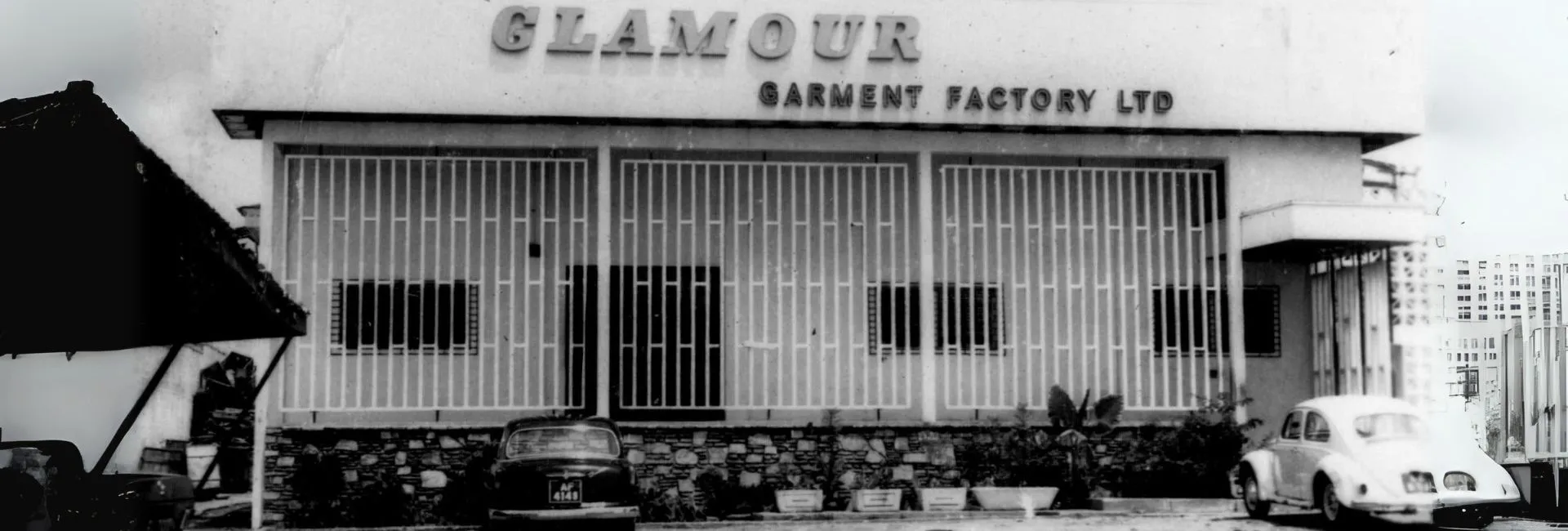(July 6, 2025) When Indian Prime Minister Narendra Modi visited Ghana recently, he was welcomed warmly by members of the Indian community — a reflection of the strong ties that have developed between the two countries over time. Among those gathered were families who have lived in Ghana for generations, many of whom belong to the Sindhi diaspora that has steadily shaped the economic and social fabric of the nation.
That warm reception was more than ceremonial. It offered a glimpse into a diaspora that is both visible and influential. The Indian community in Ghana, particularly the Sindhi segment, has left a mark that is hard to miss — from the bustling department stores like Melcom to water tanks bearing the Polytank logo, their businesses have become part of everyday life in cities like Accra and Kumasi. Far from being new arrivals, they are long-standing contributors to Ghana’s growth and development.
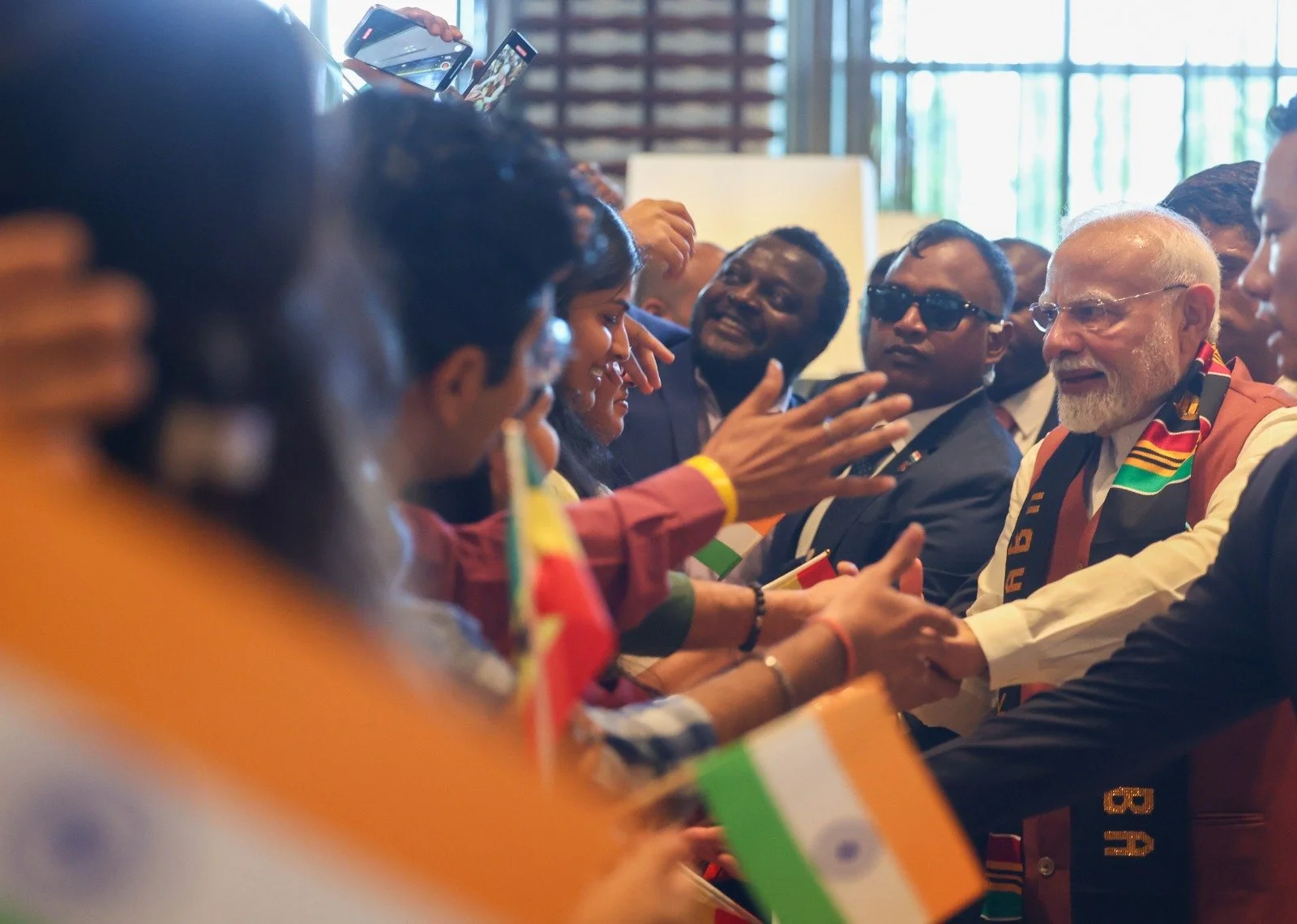
PM Modi in Ghana
An Unsung Pioneer Arrives
But what most people don’t know is that this long-standing diaspora began not with a trade delegation or a diplomatic handshake, but with a lone man named Bhai Boolchand who stepped off a ship onto the shores of the Gold Coast in 1890. A member of the Bhaiband Sindhworki trading community from Sindh, Boolchand came not as a colonial officer or missionary, but as a humble trader — in the search for new opportunity. He opened a modest shop – selling textiles and sundries to both locals and expatriates – in Cape Coast, the colonial capital at the time.
In an era dominated by British and Lebanese traders, his presence was unusual – a lone Sindhi adventurer forging links between two lands. Unassuming in scale but pioneering in spirit, it was India’s first footprint in Ghana, decades before the country even bore that name. His arrival planted the seeds of a diaspora that would flourish over the next hundred years, paving the way for many more Sindhi merchants to follow in his footsteps. Boolchand’s small business would eventually become the starting point of trade ties between Ghana and India. In fact, he arrived decades before the well-known friendship between Ghana’s future President Kwame Nkrumah and India’s Prime Minister Jawaharlal Nehru began. As the Indian Association of Ghana later noted: “As far as our records show, Bhai Boolchand… landed on the shores of the Gold Coast in western Africa in 1890,” marking the quiet beginning of a long-standing connection between the two countries.
First Indian Businesses in the Gold Coast
Like all meaningful journeys, Boolchand’s was just the beginning. In 1919, two enterprising brothers — Tarachand Jasoomal Daswani and Metharam Jasoomal Daswani — established what became the Gold Coast’s first Indian-owned business. They opened a general store named Metharam Jassomal Brothers in the seaside town of Cape Coast. The shop’s success was immediate. Within a few years, the Daswanis expanded, launching branches in Accra and Kumasi, the major commercial hubs. As business boomed, the brothers eventually decided to go their separate ways: Bhai Metharam continued the original enterprise under Metharam Brothers, while Bhai Tarachand opened a new store in Accra called Bombay Bazaar – earning the distinction of being the first Sindhi (and Indian) companies formally registered in the Gold Coast.
View this post on Instagram
What began with a single shopkeeper had now evolved into a growing network of Sindhi entrepreneurs. Throughout the 1920s and 1930s, other businesses followed – Lilaram Thanwardas, Mahtani Brothers, T. Chandirams, Punjabi Brothers, Wassiamal Brothers, Hariram Brothers and more – each one taking up the mantle, facing the uncertainties of a new country, and building businesses. By the end of 1940s, the Sindhi footprint had spread across Ghana’s key trading cities. Each was typically a small storefront dealing in textiles, electronics, or assorted consumer goods.
“The employment of Ghanaians by these founding companies also helped to lessen the burden of unemployment in the country. This amply demonstrates the level of commitment India has in the developmental agenda of Ghana.” These early Sindhi traders built more than businesses – they also laid social foundation. Temples were built (Hinduism was first introduced to Ghana by Sindhi traders in the late 1940s, who set up the country’s first Hindu temple in Accra), social clubs were formed, and the Indian Association of Ghana was established to look after community welfare and to document their history.
Friendship of Nations in a New Era
By the time Ghana gained independence in 1957, the Sindhi community was already a key part of the country’s business landscape. Although President Kwame Nkrumah and Prime Minister Jawaharlal Nehru later formed a strong political bond, Sindhi traders had been building economic connections between the two countries long before. This early presence helped create a welcoming environment for more Indian investors and professionals in the years that followed.
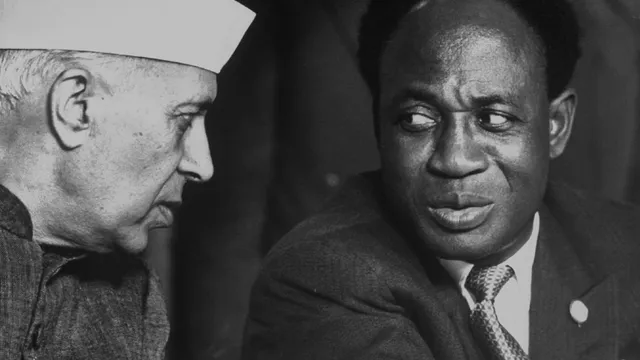
Jawaharlal Nehru with Ghana President Kwame Nkrumah
The 1947 Partition of India forced many Sindhi families to leave their homeland, and some turned to West Africa for a fresh start. As Ghana moved toward independence, it became a promising new home for these entrepreneurs. In the late 1940s and 1950s, a small wave of post-Partition Sindhi migrants joined the growing Indian community there.
From Shops to Factories
In the post-independence years, a wave of change swept through the community. No longer content with trading alone, Sindhi entrepreneurs began investing in manufacturing. The Khubchandani family, for example, made a major leap. Ramchand Khubchandani, who had arrived in 1929 as a 14-year-old store boy, eventually opened Glamour Stores with his brother in 1946. After surviving the 1948 Accra riots that devastated many Indian-owned businesses, the brothers rebounded by entering the garment industry. By the 1950s, their factory employed over 1,200 Ghanaians.
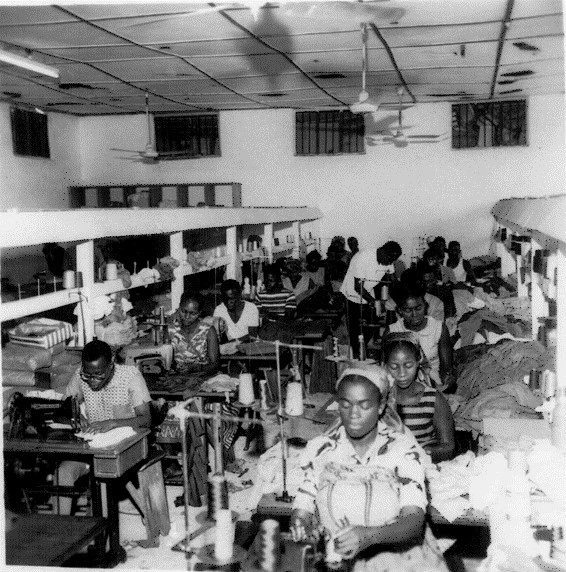
Sindhi entrepreneurs provided employment to Ghanaians
The Khubchandanis weren’t the only Sindhi pioneers. In 1957, the year Ghana gained independence, 23-year-old Ramchand Udharam Mohinani arrived in Accra from India, hoping to be part of the country’s growth. By 1966, he had founded Poly Products, Ghana’s first local plastics factory. That modest start laid the foundation for the Mohinani Group — now a diversified, family-run conglomerate with interests in plastics, electronics, real estate, and quick-service restaurants. Today, the group remains family-run and continues to invest in sustainability and innovation.
Building Retail Empires: Melcom and Others
By the late 20th century, the entrepreneurial sons and grandsons of the early pioneers were coming into their own – and they took the Sindhi presence in Ghana to new heights. Ramchand’s son, Bhagwan Khubchandani, carried that legacy forward. In 1989, along with his sons-in-law Mahesh Melwani and Ramesh Sadhwani, he co-founded Melcom — now Ghana’s largest chain of retail department stores. With over 50 outlets across the country today, Melcom is more than a business success; it’s a household name.
The Melcom success story is mirrored by others in the Sindhi diaspora. The Mohinani Group, for example, celebrated over 50 years in Ghana in 2016 and reported that it had provided employment to more than 10,000 people over its lifespan.
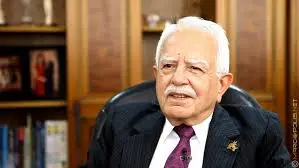
Bhagwan Khubchandani, Melcom Group
Lasting Legacy
These families are just part of a broader community that has made lasting contributions to Ghana’s development. From creating thousands of local jobs to introducing industrial sectors, the Sindhi diaspora has played a quiet but pivotal role in the country’s growth. They’ve weathered political change, economic reforms, and social transformation — all while maintaining their cultural identity and commitment to Ghana.
A century on from Bhai Boolchand’s arrival, the Sindhis in Ghana are no longer newcomers. Today, there are an estimated 15,000 people of Indian origin living in Ghana, many of whom trace their ancestry to the Sindhi community. They are part of the national story. Their legacy is built not just on business acumen, but on resilience, integration, and a belief that opportunity is something you build where you stand. They are part of the national story. Their legacy is built not just on business acumen, but on resilience, integration, and a belief that opportunity is something you build where you stand.
ALSO READ | Kiveshan Thumbiran: Exploring South African artistry through the lens of Indian mythology

